Make a realistic building budget and schedule
This is, without a doubt, the starting point to a successful build - don’t underestimate the time and money it will take to complete a build or renovation. Even professional contractors tend to underestimate the costs and duration of a project.
Get advice from multiple professionals if you can, to get a variety of views as to whether or not your project is feasible within a certain time frame and budget. Separate the different stages of a project and apply your budget to each portion independently to help predict potential pitfalls and avoid surprises.
Saving money for a building project
Building takes money, and a lot of it. Most people will require a building mortgage to build a new home, but having enough money set aside at the beginning is an important safeguard in order to complete your project. Before committing yourself by breaking ground, be certain you have the funds available to see the project through to the end.
Getting funds from a financial institution for a new build is different than for a home purchase, as they can’t be positive you will complete the project, nor will they have confidence that what you build will have market value if they have to pull the plug on you at some point. So, they will not give you the full amount you qualify for upfront.
Before approving a project, they will want to see a well-documented cost breakdown of the different stages of construction. An appraiser will estimate the approximate value of the house you want to build based on your building plans, and the bank will give you money in portions; they will assess your project in stages to ensure you are on track before they dole out more funds. If you miscalculate and don’t have enough to get you to the next stage of funding, you may find your project comes to a screeching halt. So be prepared and don’t rush into it! Take a look at these pages for some help in maintaining the cost of your project as low as possible:
Don’t overestimate your own skills
If you have some tools and a bit of building experience, it is tempting to assume you can complete a large portion of the work yourself and therefore conclude that you can build sooner or bigger than your budget may realistically allow. Calculating your own labor at $0 dollars per hour is a typical mistake made by weekend builders and can have disastrous results. Weekends go by much faster than you think, and working 7 days a week after you come home from work can lead to burnout, cost overrun, mistakes, and possibly injuries.
Unless you are independently wealthy and don’t have a job you need to report to, and even if you do, don’t overestimate your own ability to build a home. If you think you will save money by taking a leave of absence from work to accomplish tasks that are currently beyond your own experience, you are likely mistaken. Take for example something as simple as painting – sure, we can all use a paint roller, but can you do it as well or as quickly as a professional? Now apply that thought to something you plan to learn along the way, be it plumbing, drywalling, or installing kitchen cabinets. Unless you plan to make a career of it afterward, there are learning curves that will mean you are probably better off staying at your own job to generate the funds needed to pay someone to do the job they are good at.
Don’t build houses too big!
This goes hand in hand with not overestimating your own skills, as many owners/builders assume they can build larger without expanding a budget, by counting their own labor as free.
Evaluate your true needs of space rather than overreaching, and work with a designer or architect who recognizes the value of a moderately sized home. Professionals with experience in compact design will avoid the inclusion of wasted and unused space, such as unnecessary hallways that eat up otherwise valuable space, or designing traditional entrances that people will rarely if ever use; those are home-design templates from a generation past. Think of all those older homes which have grand front door entrances that go unused, while people regularly come in and out of the kitchen or side doors. Designing a smaller and more functional space that flows properly will bring the same quality of life as a bigger home, and that may help you achieve your goals sooner and more affordably.
Have a detailed material list
Draw up a precise list of the necessary materials, with prices and the name of the store where you will get them. Don’t leave material selection to the last minute as product availability can be a problem at times, and even more so with higher quality materials that aren’t usually available at the average big box store.
Buying materials yourself is an option, but general contractors will often have preferential rates due to continuing relationships with suppliers. It is not unusual that they will include a small mark up; knowing what that will be is a discussion worth having at the time you negotiate contracts.
Only move in when the interior has been completed
Any contractor will tell you that late delivery and budget overruns are commonplace when building and renovating. It may well be that you cannot move in on the date you initially planned. Allow yourself a buffer period beyond the slated completion date so you aren’t stressed about having nowhere to live if you house sells or lease is up before your new home is ready.
Before moving in, we recommend that the main living area be fully completed down to the last coat of paint. Moving into a construction site will turn it into a logistical puzzle where you have to move and cover furniture to keep working, or cook and eat surrounded by sawdust and tools
Now you know about the top tips for planning and building a green sustainable home on a budget successfully...Find more pages about sustainable and resilient green building techniques in the Ecohome Green Building Guide and these pages here :
Sign up here to promote your business for free with an Ecohome Membership! |






























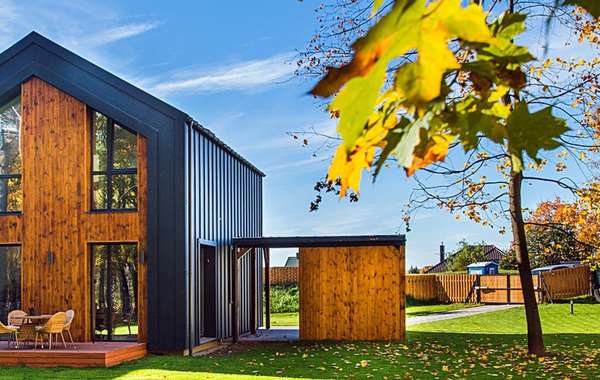


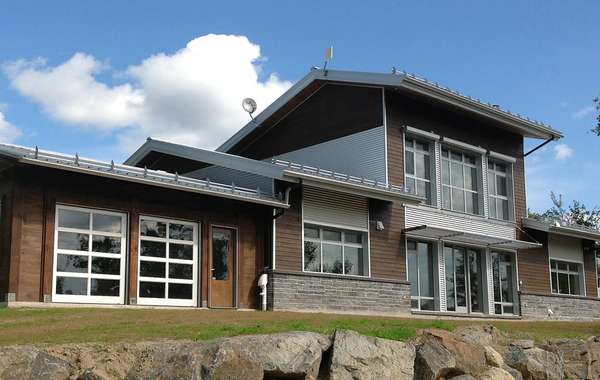
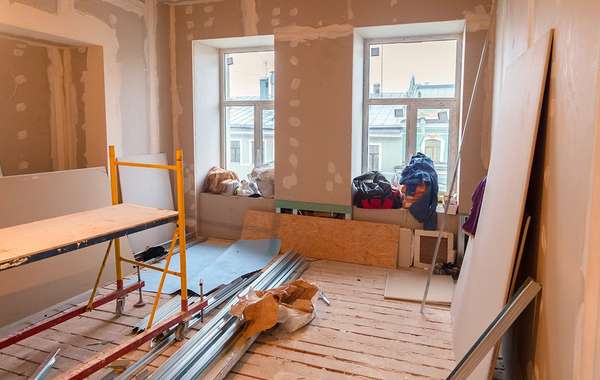

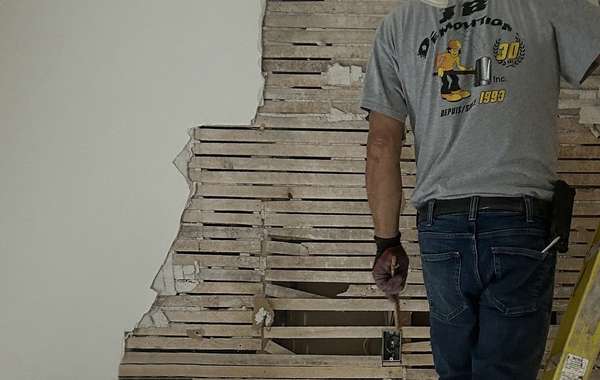


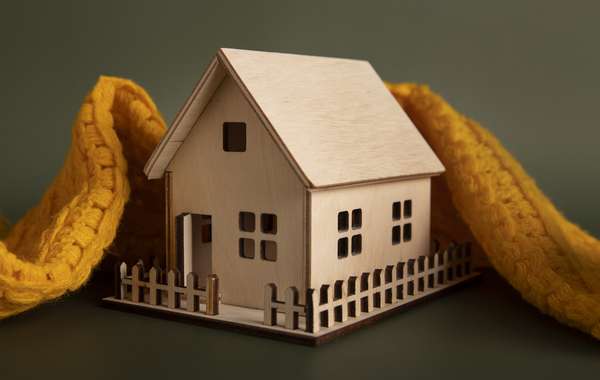
Very useful article. I'm sure this will help all those who are planning to renovate and remodel their house.
Great article. If possible try to choose as many finishes as possible before